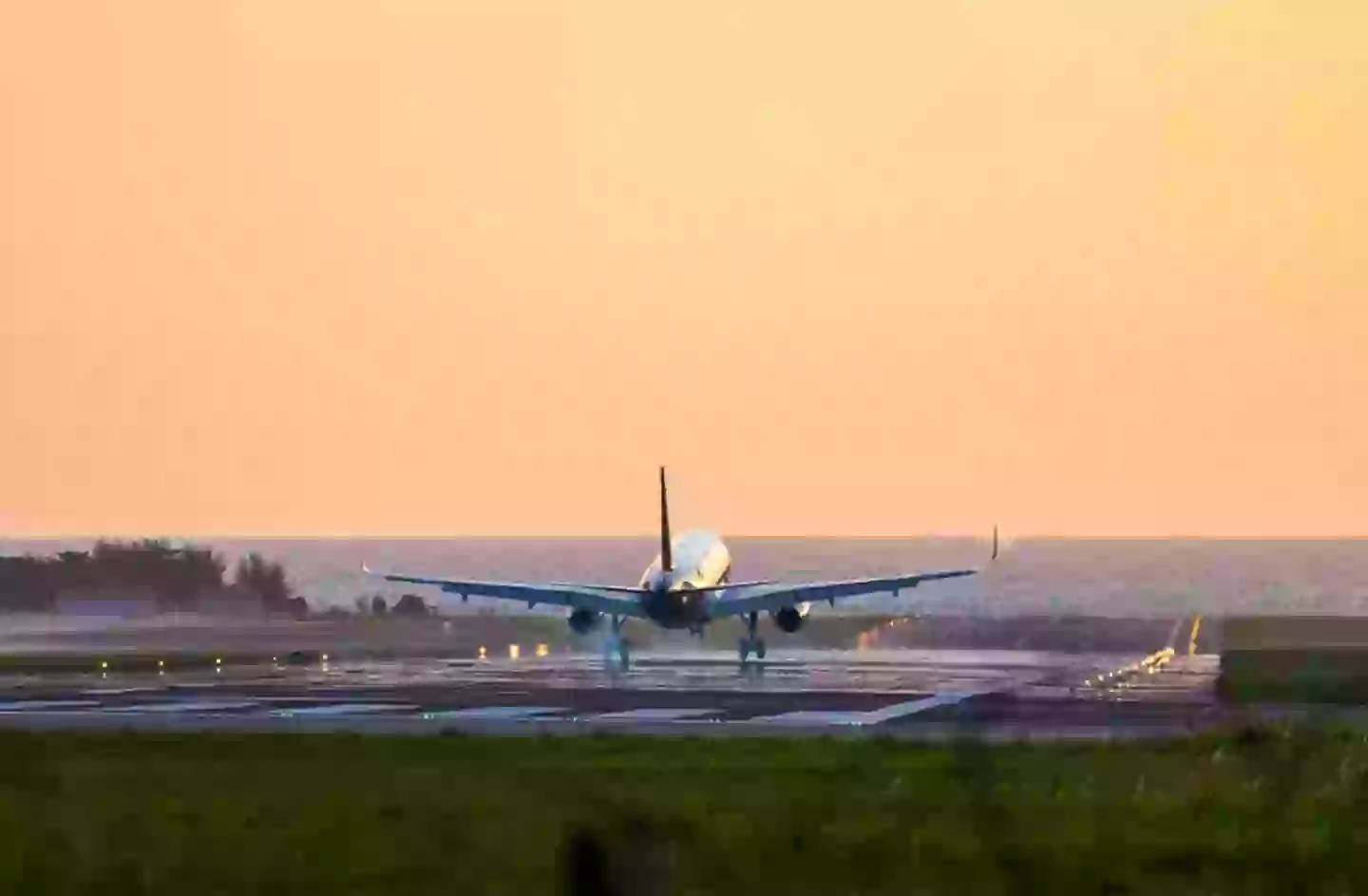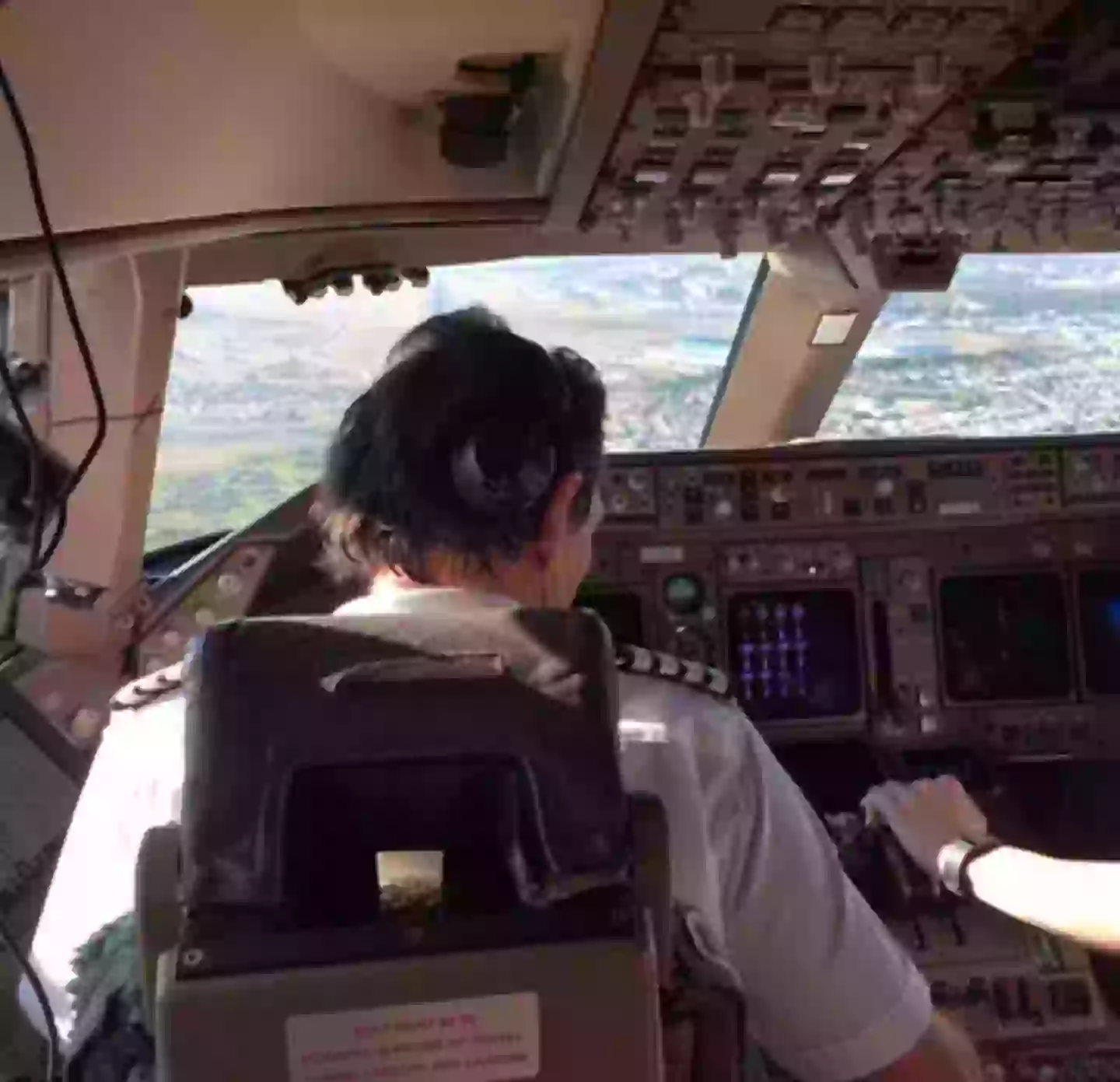Conquering Your Fear of Flying: An Expert’s Reassuring Perspective
The recent spate of highly publicized airline accidents has understandably left many feeling anxious about air travel. However, a lifetime of experience in the cockpit offers a compelling counterpoint to these fears. Let’s explore why flying remains remarkably safe, despite what the headlines might suggest.
The Statistics Speak for Themselves: Flying is Incredibly Safe
A Lifetime of Flight, Zero Incidents
Nick Eades, a former British Airways pilot with an astounding 31,000 flight hours under his belt (that’s 3.5 years spent in the air!), provides a powerful testament to aviation safety. His six-decade career, encompassing 15.5 million miles (equivalent to seven trips to the moon!), has been remarkably incident-free. He’s never even so much as scratched a plane. This exceptional record speaks volumes about the inherent safety of commercial aviation.

The Numbers Don’t Lie
While the recent accidents have understandably heightened concerns, the reality is far more reassuring. Mr. Eades points out that the January disaster was the first fatal US commercial airline crash in over 15 years. Furthermore, he emphasizes that the statistical probability of dying in a plane crash is incredibly low – one in 11 million. To put this in perspective, you’re four times more likely to die from food poisoning, five times more likely to fall off a ladder, and a staggering 16 times more likely to die in your bathtub! Even more surprisingly, you are statistically more likely to be killed by a plane crashing into your house than by being on the plane itself during a crash.

Understanding the Perception of Risk
The Impact of Instant News
While the objective risk of flying remains exceptionally low, the perceived risk has arguably increased. Mr. Eades attributes this shift to the immediacy of modern news dissemination. Thirty years ago, news of an air crash would reach the public with a considerable delay. Today, however, social media delivers real-time updates, often including graphic footage. This instant access to tragic events, often seen within minutes of the accident, understandably heightens anxiety.

Technological Advancements and Safety Improvements
It’s crucial to remember that while the perception of risk might have increased, the actual risk has consistently decreased. Aircraft technology has advanced significantly, leading to increased safety features and protocols. Every air accident, while tragic, provides invaluable lessons that enhance future safety measures.

Overcoming Your Fear of Flying
Professional Help Available
If the recent headlines have exacerbated your fear of flying, you’re not alone. Many people share this anxiety. However, effective help is readily available. Major airlines offer “fear of flying” courses that employ psychological techniques, informative sessions, and even simulated flights to help individuals overcome their anxieties. These courses provide a supportive environment to build confidence and confront fears in a structured manner.

In conclusion, while recent events have brought aviation safety into the spotlight, the overwhelming statistical evidence shows that flying remains an exceptionally safe mode of transport. While the immediacy of modern media might amplify anxieties, understanding the facts and seeking professional help if needed can help put your mind at ease.


